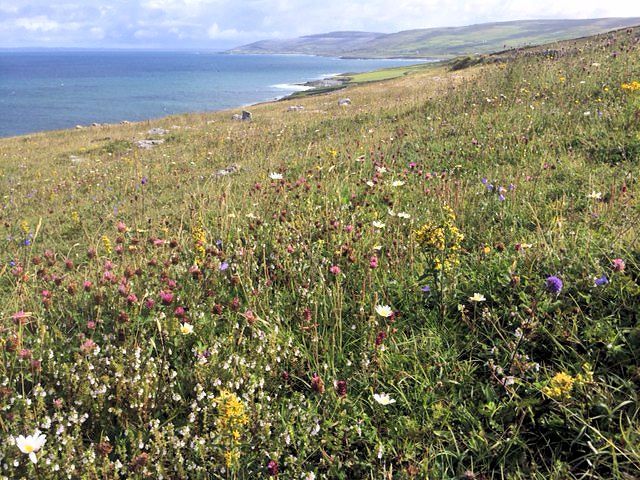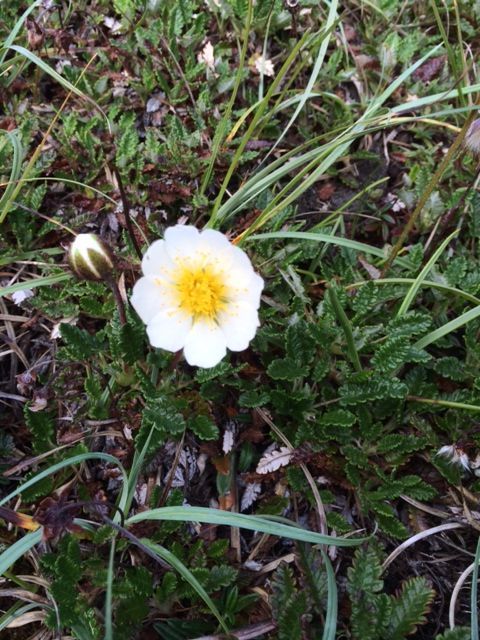
The Burren is a beautiful, magical place, full of surprises. But it is an area not to be rushed; it takes its time to grab your attention and hold you. At first sight it appears a barren rocky place, but a short walk reveals an amazing diversity of plant life crammed onto every patch of shallow soil between the rocks. The Burren is a relatively small region, yet three quarters of all plant species that occur in Ireland grow here, and some are found nowhere else in Ireland. And plants seem to behave differently here than elsewhere in Europe. For example, nowhere else will Mountain Avens, an Arctic plant be seen growing beside Dense-flowered Orchid, a plant with a Mediterranean distribution. And seeing Heather growing directly on limestone with calcicoles like Bird’s-foot Trefoil, confused even the most imaginative botanists for a long time.
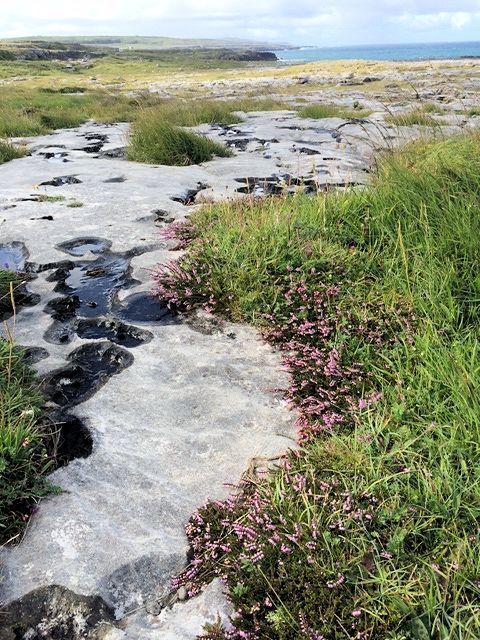
The secret to the Burren is the thin soils have not been fertilised so there isn’t an over-supply of nutrients, but as it is lime, the little nutrient present in the soil is available to the plants. There is enough to go around, but not too much for any plant to dominate. Another surprise is that the thin, rocky soils are ideal winter feeding for cattle, and it is this low-level winter grazing that maintains a diverse sward. And this really rich grassland supports an equally rich insect fauna which includes endemics like the Burren Green moth, for all the world like a White Ermine moth, appropriately enough, dipped in emerald paint.
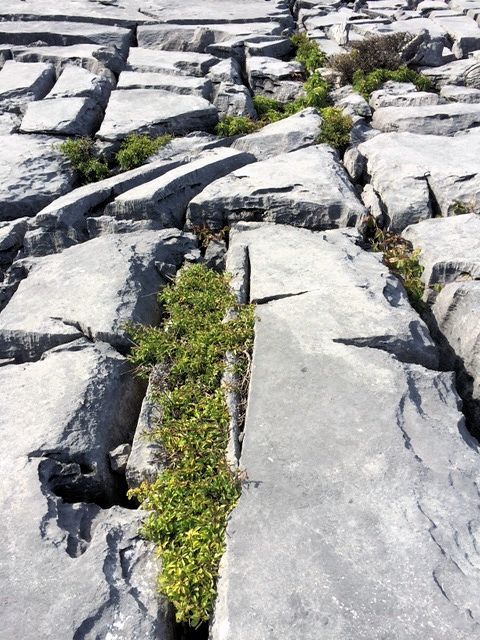
The Burren at the moment is full of positivity. A farming for conservation scheme, the Burren Life project, has been established which provides agri-environment payments for farmers to take positive actions for nature conservation. Burren Beo, a local NGO is promoting all that is special about the Burren’s heritage. And the Burren deserves this positivity as it really is a special place.
I spent seven wonderful years in the Burren working as a Park Ranger; in many ways an ideal job, but when you feel it is time to move on, one should move on, which I did. But I was lonesome leaving the Burren. A great neighbour of ours, Patrick McCormack, said at the time, ‘you can take the Burren with you’, and I did.
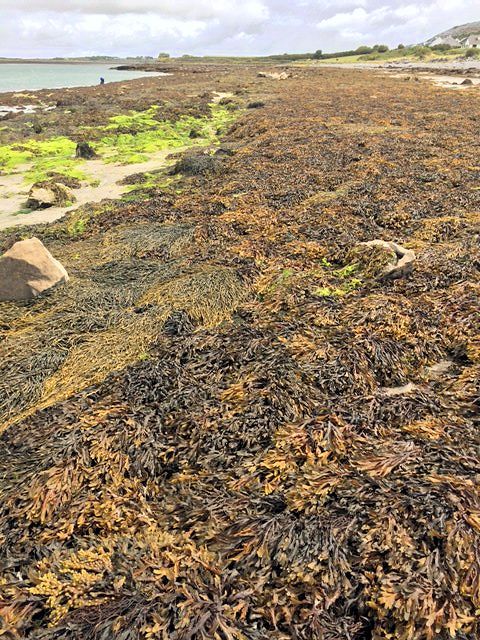
All the time one hears about the floral diversity of the Burren, but on the northern shore of the Burren, where the limestone meets the sea, there is also an astonishing diversity of seaweeds. In the vicinity of Finvarra and New Quay, about 450 species have been recorded, which is about 7% of the world’s seaweeds, making it the richest area for seaweeds in Ireland and Britain.For marine diversity mirrors terrestrial diversity, in that the underlying rock type greatly influences species richness, and limestone supports a very diverse habitat. Around 20 years ago, there was a proposal to make this area Ireland’s second Marine Nature Reserve which, when at an advanced stage met with local opposition, and the proposal was dropped. This was a real shame.
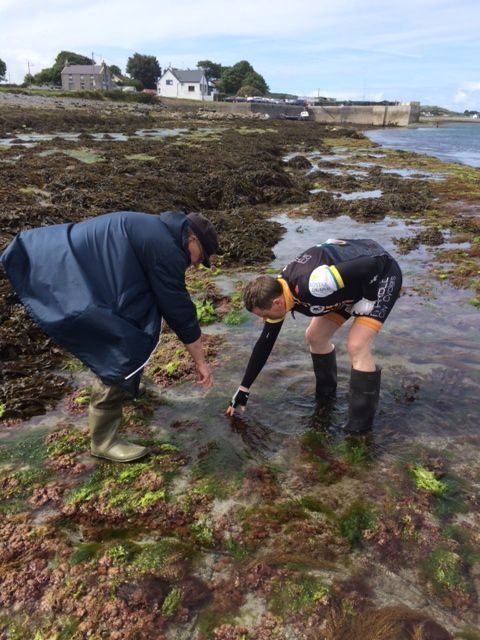
In New Quay we met with two heavyweights (in the intellectual sense) of the seaweed world, Professors Michael Guiry from NUI Galway and Don Cheney from North Eastern University, Boston. Mike is one of the foremost authorities on seaweeds in Ireland and Britain, and has established a very large database of seaweed distribution across these islands. As you would expect from a strong scientific background, Mike stresses the value of having voucher specimens collected along with observations so that records can be validated, thus improving the value of the data. Mike is working with the Data Centre at the moment to produce a Red List or conservation assessment of seaweeds in Ireland, which can examine species distribution over different time periods to objectively identify which species are threatened with extinction.
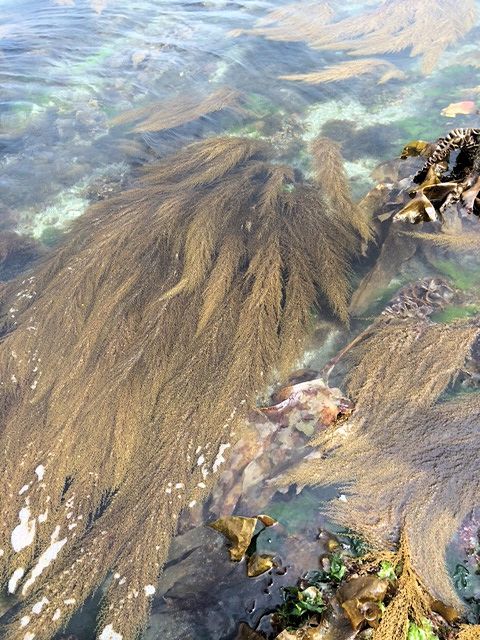
And seaweeds are undergoing fairly dramatic changes. Mike showed me extensive patches of the invasive seaweed Japanese wireweed (Sargassum muticum) which is thriving here. In its native Japan it is a small, innocuous seaweed as it has to compete with other species of the same family, whereas here it can grow with total abandon. But this is not the only invasive species; in a small area Mike pointed out at least four other invasive species, all from exotic places, a consequence of the free trade policy of the EU. Mike also noted that he could detect evidence of eutrophication of seaweeds on the shore as a result of fertiliser enrichment on adjacent land. That really surprised me.
And for something completely different, as they say, I called by Merlin Woods in the centre of Galway City to look at an urban woodland to end up the day. This large woodland site, adjacent to the Merlin Park Hospital just north of the old Dublin Road, is a heavily used recreational area. The site has a variety of woodland types, and supports a surprisingly rich species diversity, largely due to being underlain by limestone. Situated as it is in the centre of Galway City, it is hardly any surprise that this woodland is under threat of ‘development’ – there is talk of part of it being used as bus corridor.
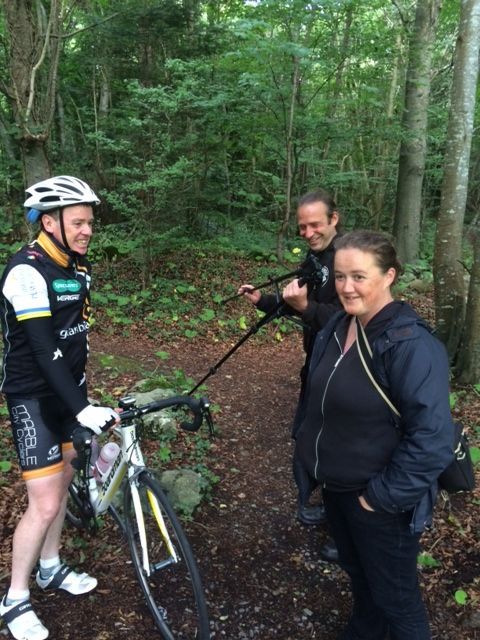
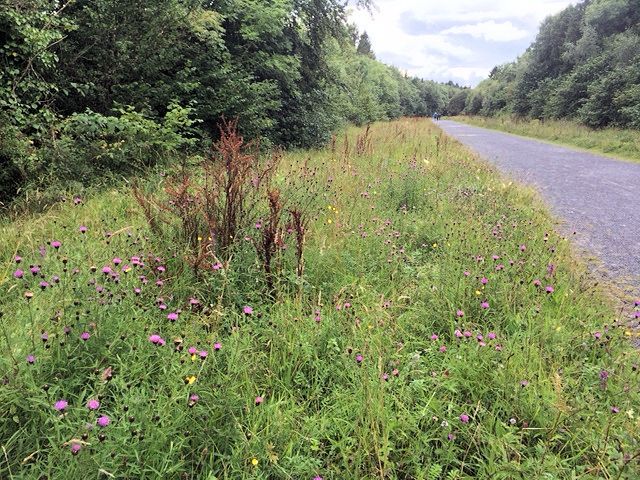
Two local residents, Caroline and Colin Stanley, have recently taken an interest in documenting the wildlife of the woodland to demonstrate its value as a wildlife and recreational area. Not having a background in wildlife, they immersed themselves in photographing and documenting the species they saw, spurred on initially by trying to confirm the presence of Red Squirrel, which they did. Their interest in wildlife has grown enormously, and they have set up a group called Friends of Merlin Wood, to highlight the heritage value of the woodland. They believe passionately that the woodland should be seen as an asset for the city and conserved. They are beginning to convince a large number of people that they are right.

